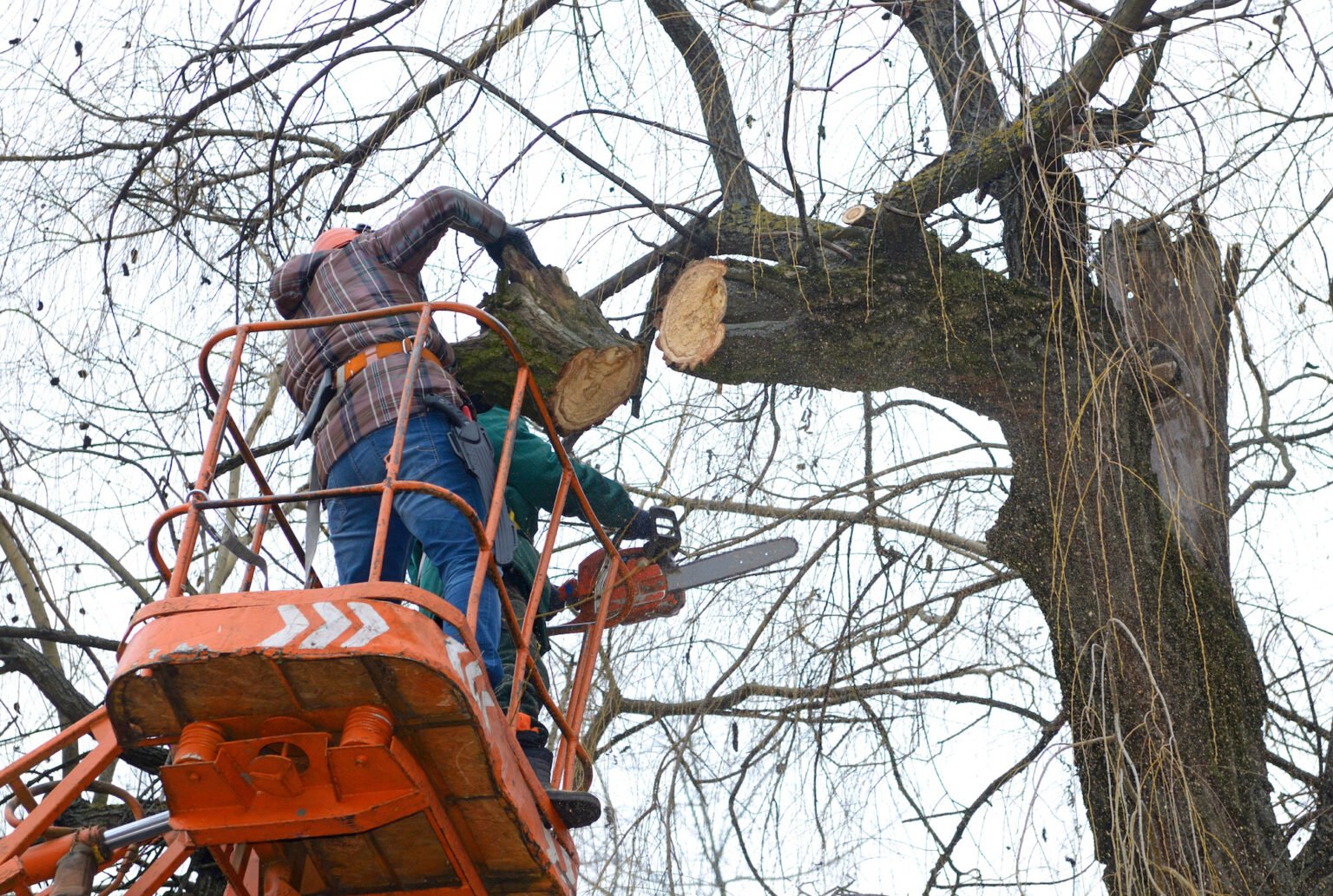Is Your Tree Risky? How Certified Tree Care Experts Assess Hazards

Have you ever looked at a large tree in your yard and wondered, “What if it suddenly falls?” Trees offer beauty, shade and environmental benefits. But on the other hand, they can also pose serious risks if they are unstable or diseased. In some outdoor sanctuaries, some people and property surround trees. It is crucial to understand when a tree becomes a hazard. Certified arborists don’t guess. They follow a systematic and science-based approach to hazard tree assessment to protect both lives and landscapes. Read this blog to find out how professionals evaluate tree risk and how expert evaluation can save you from disaster.
Understanding Tree Risk: What’s at Stake?
Tree risk assessment is not just about spotting a tree that “looks off.” It involves identifying structural defects to determine potential consequences. Trees can fail due to disease, root damage, soil instability or storm damage. A hazardous tree can fall on homes and vehicles or even worse, injure people. The solution? To use established methods like urban forestry experts to evaluate any potential threats. When a tree is deemed risky, it is not always removed immediately. Sometimes risk mitigation strategies help. These meticulous approaches involve using pruning, bracing or cabling techniques to preserve your trees. However, only a certified tree risk assessor can make that call reliably.Signs Your Tree Might Be a Risk
Homeowners often overlook warning signs until it is too late. Some red flags are:- Leaning trees
- Dead branches or hanging limbs
- Fungal growth at the trunk base
- Cracks or cavities in the trunk or large limbs
- Unusual leaf loss or thinning canopy
- Visible root damage from construction or erosion
The Science Behind Hazard Tree Assessment
Certified arborists follow established protocols outlined by recognized organizations. These include the International Society of Arboriculture (ISA) and Tree Care Industry Association (TCIA). For making accurate assessments, a preferred method is the ISA Tree Risk Assessment Qualification (TRAQ). This helps arborists classify tree risk as low or high. A proper tree risk assessment involves:- Visual Inspection: Starting at the root flare and scanning up to the canopy. Arborists look for abnormalities. They evaluate the decay and fungal bodies (like conks) or pests.
- Target Evaluation: Experts assess what is at risk if the tree fails in your landscape or surrounding area.
- Failure Potential: They evaluate structural integrity based on species characteristics like their health and surrounding conditions.
- Consequence Analysis: Even if failure is likely, the risk level depends on the potential damage caused. A falling branch in an empty field is less critical than falling over a playground.
Common Causes of Tree Instability
Tree risky helps homeowners recognize when to call for help. Some common causes are:1. Root Problems
Roots are the anchor of a tree. If they are compacted, cut, or even diseased, the entire structure of the tree can become unstable and topple over. So, any tree with such a root system is like a ticking time bomb. That too during storms or high winds.2. Storm Damage
Trees that survive severe weather events get some hidden injuries. Split trunks, twisted branches, or partially broken limbs – all of which can make the tree fall.- Decay and Cavities
4. Improper Pruning or Topping
Topping a tree (cutting the main trunk) or excessive limb removal causes imbalance. It invites disease which compromises the safety of your landscape. Additionally, it also causes weak regrowth that is more likely to fail.5. Pest Infestations
Insects like borers, aphids, or scale insects can harm the vascular system of trees. Some pests are species-specific. So, local expertise is always essential for timely diagnosis and treatment.Tools Certified Arborists Use
Modern arboriculture involves the use of technical tools for precise evaluation:- Binoculars and drones for canopy inspection
- Resistograph drills to measure the wood density and internal decay
- Sounding mallets to detect hollow areas by echo
- Soil probes for root zone analysis
- GIS mapping tools to identify at-risk zones on larger properties
What Happens After an Assessment?
Once done with the assessment, an arborist designs a customized plan. For example,- Deadwood removal to eliminate dangerous limbs
- Cabling and bracing for support
- Crown thinning to reduce wind resistance
- Root zone aeration or soil amendment to improve stability
- Full removal
Tree Species and Their Risk Profiles
Not all trees pose equal risk.- Silver Maples and Willows are fast-growing but have weak wood. So they are prone to limb failure.
- Bradford Pears often suffer from poor branch structure.
- Oaks while generally sturdy, can hide internal rot for years.
- Conifers like pines may uproot in high winds. This too if their root zones are shallow or wet.
- At least a tree checkup every year
- Mulching and watering to keep the roots healthy
- Avoiding construction near the root zone
- Selective pruning to balance the tree.

